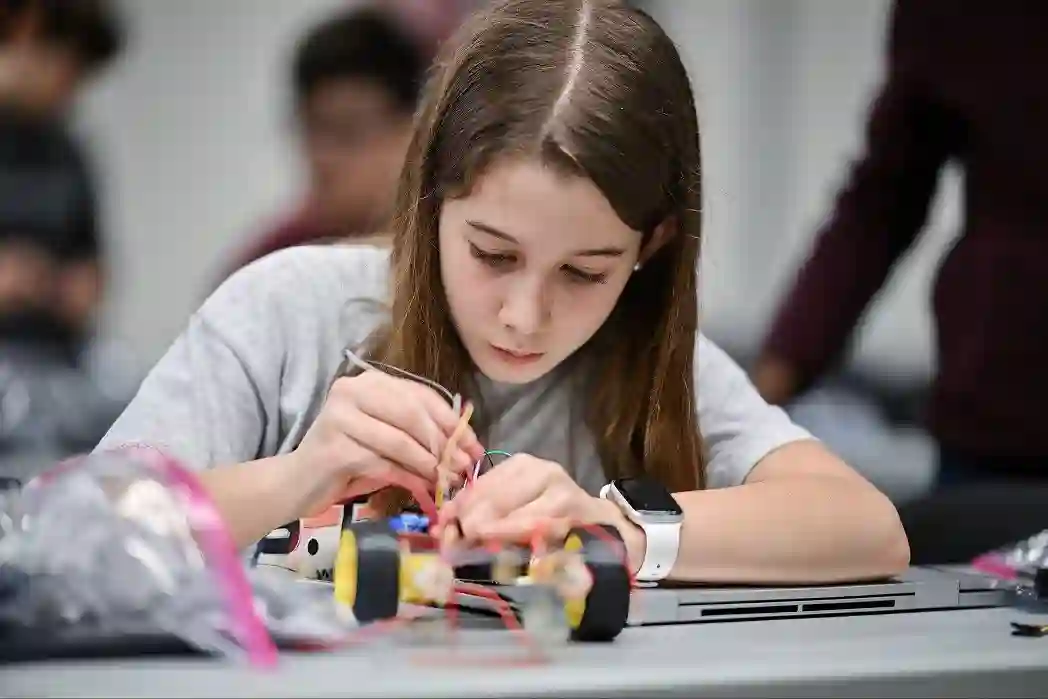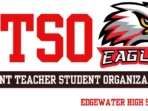Summer presents a golden opportunity for children to explore new interests and develop valuable skills beyond the regular school year. For parents interested in fostering technical aptitude and problem-solving abilities, Science, Technology, Engineering, and Math (STEM) or coding summer camps near me often top the list. However, not all programs are created equal. Choosing the right summer camp requires careful consideration to ensure it delivers real educational value and an engaging experience, rather than just supervised activity time. This guide outlines five critical factors parents should evaluate when searching for camps for summer near me that promise genuine STEM learning.
5 Critical Checks Before Choosing a STEM or Coding Summer Camp
Navigating the multitude of options for STEM summer camps can be overwhelming. Applying a structured evaluation process helps parents identify programs that truly deliver on their promises of education and engagement. Focusing on transparency, instructor quality, learning methodology, communication, and community feedback provides a robust framework for making an informed decision.
Check #1: Demand Project Transparency – See What They’ll Actually Do
Vague descriptions like “learn coding fundamentals” or “build exciting robots” offer little insight into the actual camp experience. Effective evaluation begins with demanding specifics. Parents should seek detailed information about the exact projects children will undertake. What specific concepts will be covered? What will the final creation look like or do? This level of detail is crucial for gauging if the content aligns with a child’s interests and current skill level.
Furthermore, visual proof is paramount. Authentic photographs and videos showcasing actual campers (not stock images or AI-generated visuals) engaged in these specific projects are invaluable. Seeing children similar in age, from the local community, actively building, coding, and problem-solving provides tangible evidence that the camp delivers on its advertised activities. A lack of such transparency can be a significant indicator of potential issues. It might suggest that the curriculum is not fully developed, the projects haven’t been successfully executed previously, or the camp is hesitant to show the real level of student engagement. Without clear project details and proof, parents cannot accurately assess the program’s value or suitability. Specific examples also allow parents to discuss the activities with their child beforehand, building anticipation and confirming genuine interest, which is vital for a positive and engaging summer camp experience.
(Suggestion: Insert an image here depicting diverse kids genuinely engaged in a hands-on STEM project, avoiding generic stock photos.)
Check #2: Investigate the Instructors & Curriculum – Who’s Teaching and What’s the Plan?
The quality of instruction is arguably the most critical factor in any educational program. When evaluating STEM camps near me, it’s essential to look beyond basic teaching credentials. Parents should inquire about the instructors’ backgrounds. Do they possess real-world experience in engineering, computer science, or other relevant STEM fields? While general teaching skills are important, instructors with practical industry experience bring a depth of understanding and context that significantly enhances the learning process. They can explain the “why” behind concepts, connect lessons to real-world applications, and guide students through complex troubleshooting scenarios based on actual challenges faced in STEM careers.
Equally important is the curriculum structure. Is it a cohesive program designed to build skills progressively, or is it merely a collection of disconnected activities? A well-designed curriculum indicates a focus on meaningful skill development and pedagogical planning. It should ideally offer pathways for different skill levels and potentially build upon concepts week over week or session over session. Parents should ask if the curriculum moves beyond introductory concepts (like simple drag-and-drop coding) for older or more experienced children. A structured learning path signals a commitment to education, not just entertainment, ensuring parents receive good value for their investment in camps near me.
Check #3: Prioritize Hands-On Learning – Is it Truly Engaging and Challenging?
STEM fields are inherently hands-on. Effective STEM summer programs must reflect this. However, “hands-on” should mean more than just passively following instructions to assemble a pre-designed kit. Meaningful hands-on learning involves students in the entire process: designing, building, coding, testing, iterating, and troubleshooting. It requires them to think critically and creatively to solve problems. Programs centered around real-world style projects that challenge students to devise their own solutions are far more impactful than those focused on rote assembly.
The in-person nature of many summer camps near me facilitates this type of learning. It allows for immediate feedback from instructors and encourages collaboration among peers. When children encounter unexpected hurdles – a sensor malfunction, a code bug, a structural weakness – they are forced to diagnose the issue, experiment with solutions, and adapt their approach. This trial-and-error process, especially when guided by experienced instructors, is fundamental to developing not only technical skills but also crucial attributes like resilience, persistence, and analytical thinking. Camps that present open-ended challenges (e.g., “design a robot to navigate this maze”) foster greater innovation and deeper understanding compared to those where every child builds an identical product by following rigid steps.
Check #4: Insist on Visibility – Know What Your Child is Achieving
A summer camp experience should not operate as a “black box” where children are dropped off and picked up with little insight into their daily activities and progress. Parents investing in a learning-focused program deserve visibility into what their child is doing and achieving. Regular communication and updates are essential components of a high-quality camp experience.
Effective communication goes beyond simple newsletters. It involves providing parents with tangible glimpses into their child’s engagement and learning. This could include photos or short videos of the child actively participating in projects, brief summaries of the skills or concepts covered during the day or week, examples of completed work, or even short notes from instructors about individual progress or “aha!” moments. Such visibility serves multiple purposes. It allows parents to engage in meaningful conversations with their child about their camp activities (“Tell me about the robot arm you coded today!”), reinforcing the learning. It also provides assurance that the child is engaged and benefiting from the program. Furthermore, if updates indicate a child might be struggling or disengaged, it enables proactive communication between parents and camp staff to address issues early. This transparency builds trust and significantly contributes to perceived value, transforming the camp from a mere service provider into an educational partner.
Check #5: Leverage Community Insights – Ask Around!
While websites and brochures provide the official picture, insights from fellow parents offer an invaluable, unfiltered perspective. Before committing to a summer camp, especially local camps near me, parents should tap into their community networks. Local Facebook groups (e.g., parent groups for The Woodlands, Spring, Tomball), neighborhood WhatsApp chats, and conversations with friends and colleagues whose children may have attended the camp previously can yield candid feedback.
When seeking feedback, it’s helpful to ask specific questions: Did their child genuinely enjoy the experience? What were the instructors like in practice? Did they feel their child learned substantial skills? Were there any logistical challenges? Looking for patterns in reviews – multiple parents mentioning the same positive aspects or raising similar concerns – can be particularly revealing. This community feedback provides a reality check against marketing claims and helps assess the true quality and atmosphere of the camp. Local feedback is especially potent because it often relates to the specific location, staff, and curriculum being considered, offering highly relevant context that national reviews might lack. Positive buzz within the local community serves as powerful social proof.
How LearnToBot Meets Your Camp Checklist: A Summary
| Checkpoint | Why It Matters |
| 1. Project Transparency | Builds trust, manages expectations |
| 2. Instructor Quality | Ensures deep, relevant learning |
| 3. Hands-On Method | Develops problem-solving, creativity |
| 4. Parent Visibility | Provides assurance, supports learning |
| 5. Community Proof | Offers unfiltered quality check |
Conclusion: Investing in a Summer of Meaningful STEM Discovery
Choosing a summer camp is an investment in a child’s development and enjoyment. When considering STEM or coding programs, applying the five checks—project transparency, instructor expertise, meaningful hands-on activities, parent visibility, and community feedback—helps ensure that investment yields real educational returns. It shifts the focus from merely keeping children occupied to actively fostering critical skills and sparking
Meta Title: 5 Checks for STEM Camps Near Me Your Child Will Love
Meta Description: Find the best STEM & coding summer camps near me! Learn 5 crucial checks for real learning & fun. Discover options in The Woodlands area.







